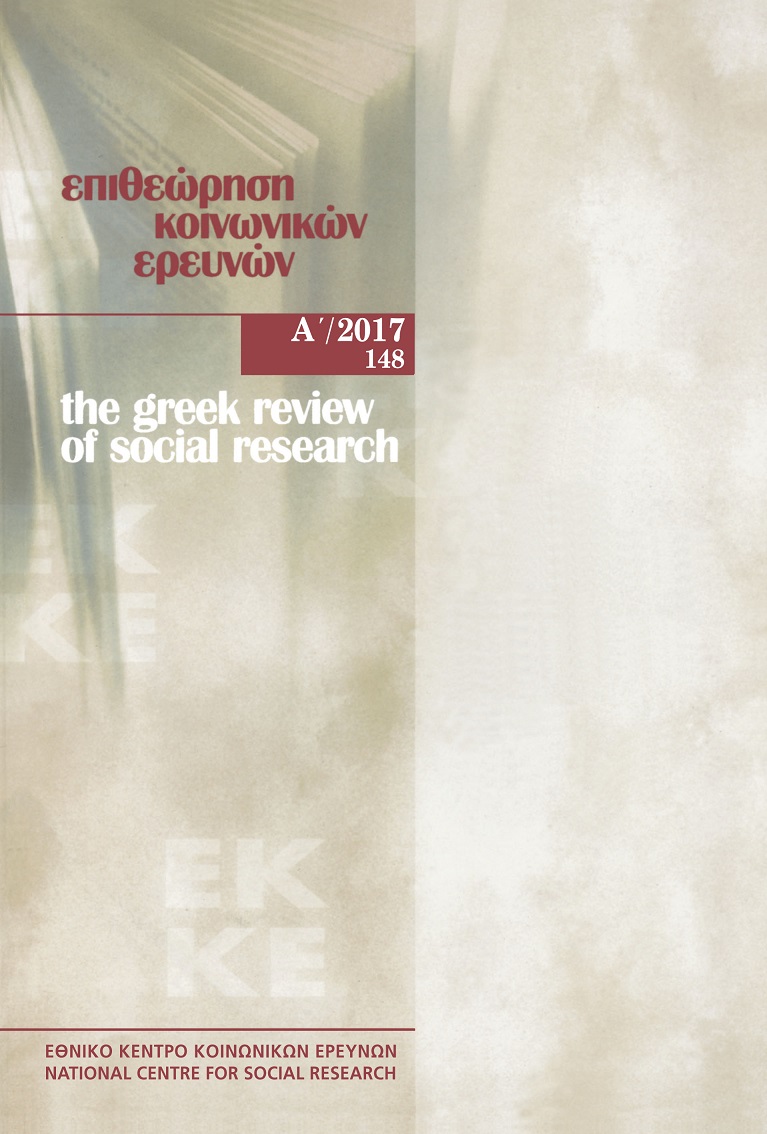Religion and gender equality: patterns of a confrontational relationship in the international setting

Abstract
This paper focuses on the polemics between the progressive and the conservative-patriarchal Transnational Advocacy Networks (TANs) within the framework of the UN World Conferences on Women. It consists of an effort to present the patterns of the confrontational intersection of women’s human rights and the various faith-based restrictions imposed on them in the late modern era. The focus will be mainly on three texts: The Program of Action (UNFPA, Cairo, 1994), The Beijing Platform for Action (Beijing, 1995), and The Rome Statute establishing the International Criminal Court (Rome, 1998). It also discusses recent developments regarding the relationship between gender equality and religion by taking into consideration the outcomes of the special sessions of the 23rd, 49th, 54th, and 59th UN General Assemblies known as Beijing +5, +10, +15 and +20. It is argued that organized religious systems set impediments on the way toward gender equality.
Article Details
- How to Cite
-
Karagiannopoulou, C. (2017). Religion and gender equality: patterns of a confrontational relationship in the international setting. The Greek Review of Social Research, 148, 123–145. https://doi.org/10.12681/grsr.14899
- Issue
- 2017: 148
- Section
- Articles

This work is licensed under a Creative Commons Attribution-NonCommercial 4.0 International License.
Authors who publish with this journal agree to the following terms:
- Authors retain copyright and grant the journal right of first publication with the work simultaneously licensed under a Creative Commons Attribution Non-Commercial License that allows others to share the work with an acknowledgement of the work's authorship and initial publication in this journal.
- Authors are able to enter into separate, additional contractual arrangements for the non-exclusive distribution of the journal's published version of the work (e.g. post it to an institutional repository or publish it in a book), with an acknowledgement of its initial publication in this journal.
- Authors are permitted and encouraged to post their work online (preferably in institutional repositories or on their website) prior to and during the submission process, as it can lead to productive exchanges, as well as earlier and greater citation of published work (See The Effect of Open Access).


